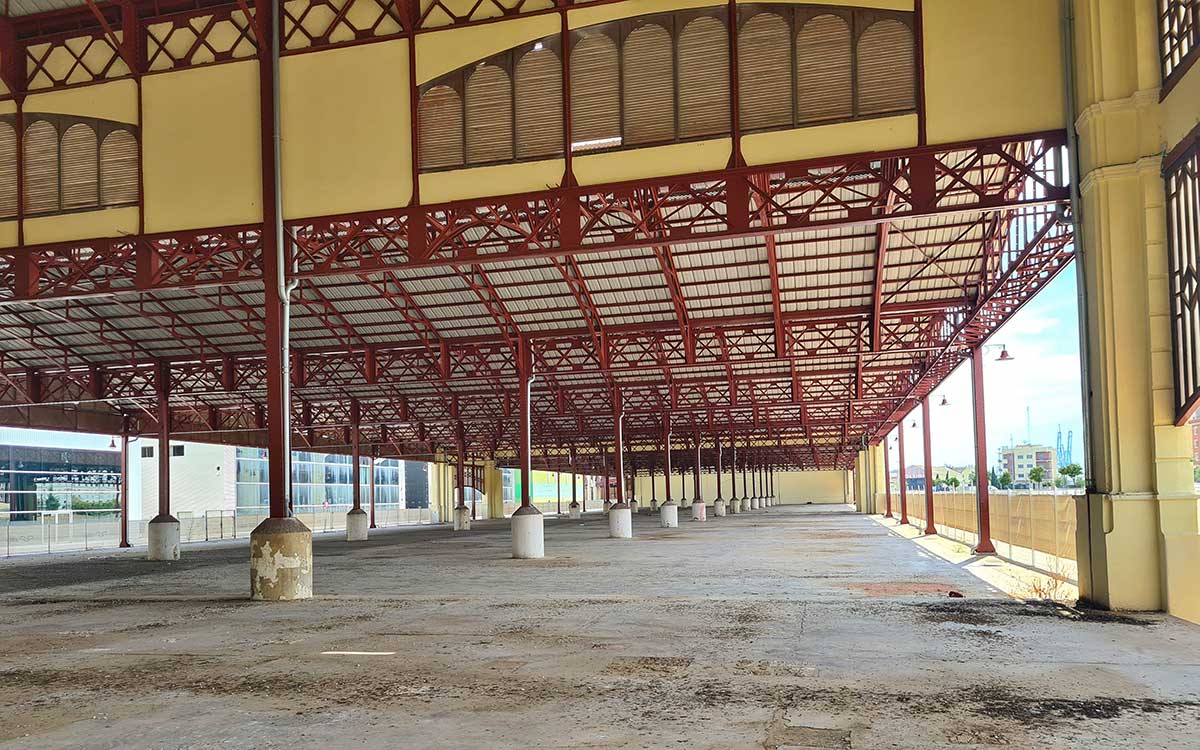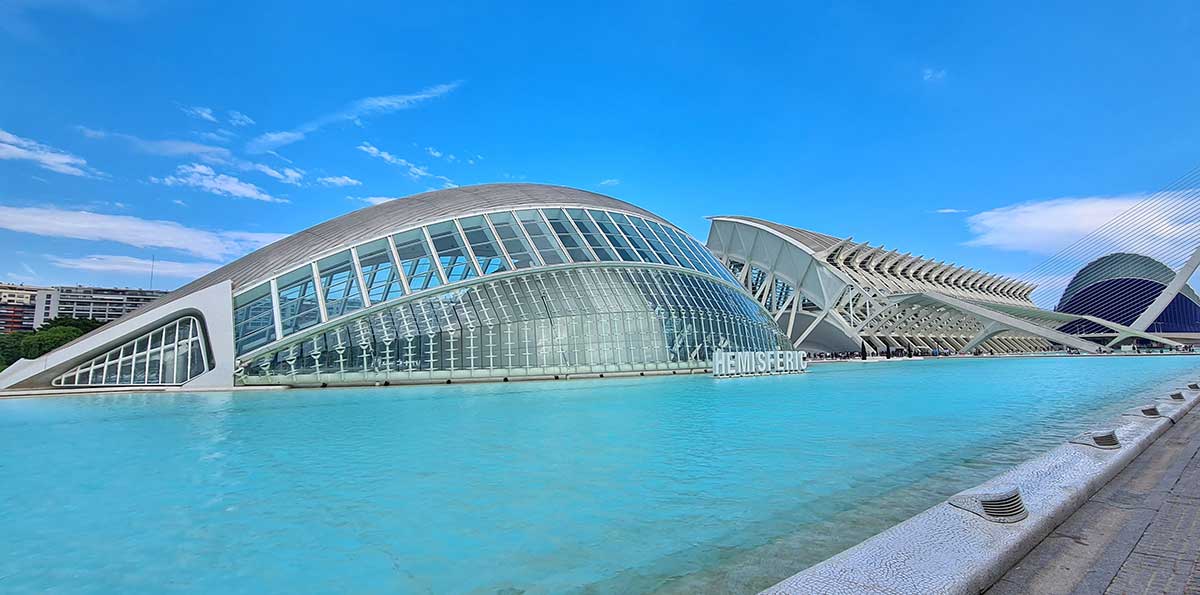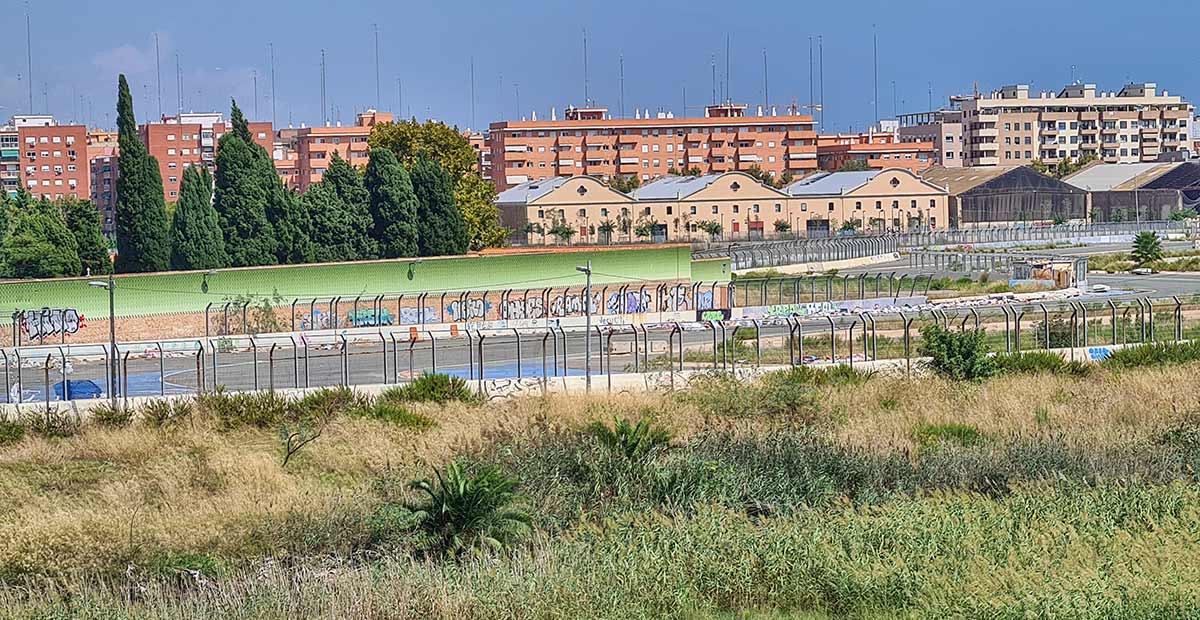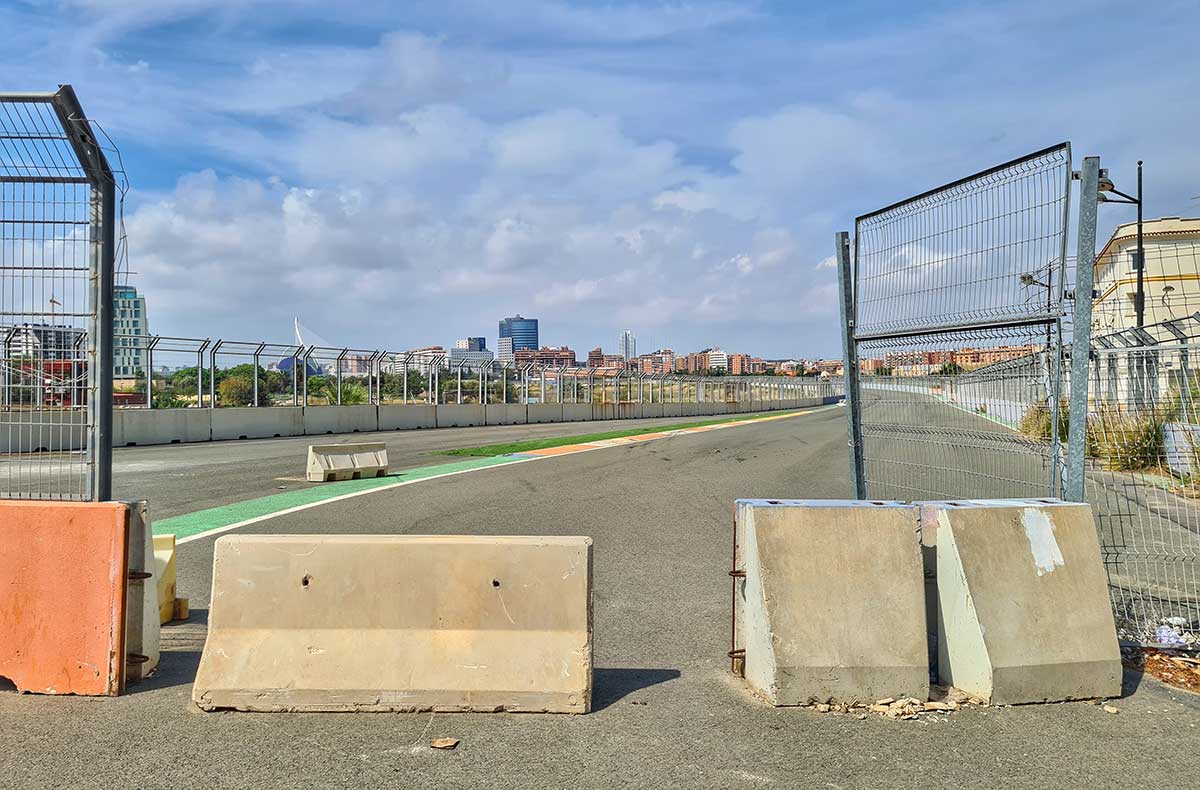The Valencia Street Circuit, located in Valencia, Spain, was the venue for the European Grand Prix from 2008 to 2012. The circuit was located near the city’s port and used city roads as well as a purpose-built infield section. The Valencia Formula 1 track was unpopular with drivers and fans for its unimaginative layout and lack of suitable overtaking places, leading to mundane races. The race was eventually discontinued due to a lack of funds and the Valencia Formula 1 track is now abandoned.

In 2005 and 2006, Fernando Alonso won the Formula 1 World Championship fuelling interest in the sport in his home country of Spain. Formula 1 already raced in Spain at the Circuit de Catalunya in Barcelona which had held the Spanish Grand Prix since 1991. There were calls for Spain to be given a second race but there was reluctance in some quarters.
Formula 1 supremo Bernie Ecclestone had stated that countries should hold no more than one race per year. This “rule” had already been circumvented before with Imola in Italy hosting the San Marino Grand Prix and the Nürburgring in Germany hosting the Luxembourg Grand Prix. There had also been precedence of the European Grand Prix moniker being used to host second races in countries willing to step in when other plans fell through as was the case with Brands Hatch and Donnington Park in the UK and Jerez in Spain. The Nürburgring was home to the European Grand Prix on 12 occasions, notably in the period from 1999 to 2007 following the success of Michael Schumacher and Formula 1’s massive popularity in Germany as a result.

The deal to bring Formula 1 to Valencia was signed on 1 June 2007, with the contract stating the event would take place for seven years. The group responsible for the deal were Valmor Sport Group, led by former motorcycle racer Jorge “Aspar” Martínez and Villarreal CF’s president Fernando Roig. They had the backing of local government as part of an urban renewal project designed to revitalise the area around the port of Valencia. The port had already seen significant work to prepare it to host the America’s Cup yacht race in 2007.


The Valencia Formula 1 track was seen as a way to link the newly redeveloped port area to the City of Arts and Sciences, a massive urban renewal project which aimed to transform the city into a cultural and tourist destination. The project was designed to showcase Valencia’s commitment to the arts, culture, and science, and to provide a world-class cultural and educational centre for residents and visitors alike.

The City of Arts and Sciences is comprised of several iconic buildings, including the Hemisfèric (an IMAX theater and planetarium), the Umbracle (a landscaped walkway and terrace), the Príncipe Felipe Science Museum, the Arts and Sciences Palace, and the Oceanogràfic (Europe’s largest oceanographic park). The buildings were designed by world-renowned architect Santiago Calatrava and are considered some of the most important examples of modern architecture in Spain.
The layout of the Valencia Street Circuit was unveiled by Valencia Councillor, Mario Flores, on 19 July 2007. The track was designed by the circuit designer Hermann Tilke, the German architect and engineer best known for his work in designing several Formula 1 circuits around the world, including the Sepang International Circuit in Malaysia, the Bahrain International Circuit and the Yas Marina Circuit in Abu Dhabi, among others. Tilke was responsible for designing the layout of the circuit to meet the specific requirements of Formula 1 racing. It used existing public roads and a purpose built section taking it close to the City of Arts and Sciences.

One of the track’s unique features was the Swing Bridge across the harbour, also designed by Santiago Calatrava. The harbour area was also the location of the pit complex, with a 19th century warehouse being converted specifically for the purpose. The Valencia Street Circuit track was 5.419 km (3.367 miles) long and had a total of 25 turns – 11 left-handers and 14 right-handers. The lap record of 1:38.683 was set by Timo Glock in the Toyota TF109 during the 2009 European Grand Prix.
The first race at the Valencia Formula 1 track was the 2008 European Grand Prix, which was held on 24 August, 2008. The race was won by Felipe Massa of Ferrari, who started from pole position and held off a challenge from Lewis Hamilton of McLaren-Mercedes to take the checkered flag. Fernando Alonso crashed on the first lap and retired. This was also the race in which Ferrari’s Kimi Räikkönen left his pit box with his car’s fuel hose still attached, leaving mechanic Pietro Timpini with a minor fracture.
Ferrari driver Kimi Raikkonen accelerates out of the pits with the fuel hose still attached during the European Grand Prix at Valencia in 2008 pic.twitter.com/7dCIujrQfZ
— Kolyn's World 🌍 (@kolynsworld) February 10, 2023
The 2009 race was won by Rubens Barrichello of Brawn GP. 2010 and 2011 were dominated by Sebastian Vettel in the Red Bull. Local favourite Fernando Alonso won the final race in 2012 for Ferrari.
The Valencia Formula 1 race was discontinued after the 2012 season due to a lack of funds. The cost of hosting the race became too high for the local government in Valencia who were dealing with the effects of the global economic crisis. They could no longer justify spending on the event. Additionally, the race was not as well-attended as other events on the Formula 1 calendar with attendance figures coming in well below those which had initially been projected. There was a suggestion to alternate the Spanish Grand Prix between Barcelona and Valencia but this idea was abandoned.

While the public roads used as part of the circuit reverted to everyday use, the purpose-built areas were left abandoned. The track from turn 14 until the end of the lap has been left pretty much as it was, falling into a state of disrepair. The pit building has also remained unused with the pit markings and tire rubber still visible on the ground. Evidence of the race’s sponsors still litter the area, from hoardings which were never removed to painted pieces of pavement which have been allowed to fade. There are gaps in the fence and even completely open areas which allow you to just walk onto the abandoned track. For any Formula 1 fan, it is an interesting insight into what happens when the circus leaves town for good.

